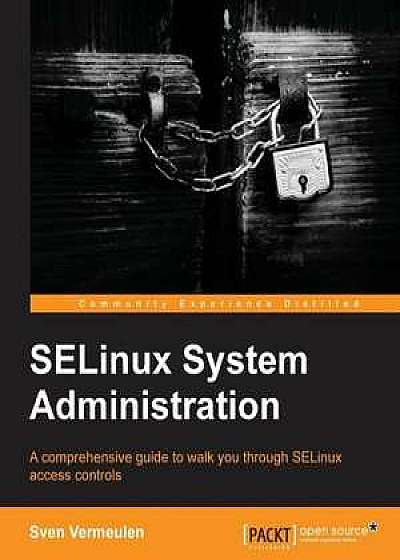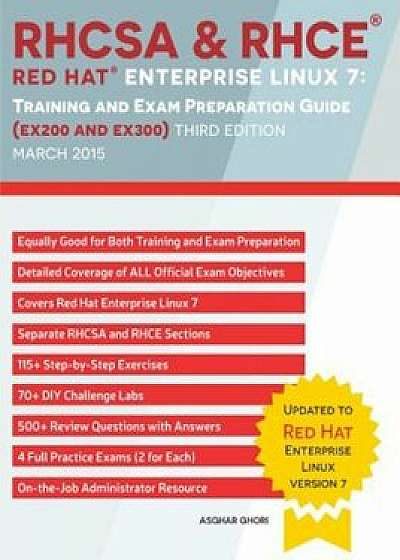
Selinux Policy Administration
Descriere
With a command of SELinux you can enjoy watertight security on your Linux servers. This guide shows you how through examples taken from real-life situations, giving you a good grounding in all the available features.
Overview Use SELinux to further control network communications Enhance your system's security through SELinux access controls Set up SELinux roles, users and their sensitivity levels
In Detail
NSA Security-Enhanced Linux (SELinux) is a set of patches and added utilities to the Linux kernel to incorporate a strong, flexible, mandatory access control architecture into the major subsystems of the kernel. With its fine-grained yet flexible approach, it is no wonder Linux distributions are firing up SELinux as a default security measure.
SELinux System Administration covers the majority of SELinux features through a mix of real-life scenarios, descriptions, and examples. Everything an administrator needs to further tune SELinux to suit their needs are present in this book.
This book touches on various SELinux topics, guiding you through the configuration of SELinux contexts, definitions, and the assignment of SELinux roles, and finishes up with policy enhancements. All of SELinux's configuration handles, be they conditional policies, constraints, policy types, or audit capabilities, are covered in this book with genuine examples that administrators might come across.
By the end, SELinux System Administration will have taught you how to configure your Linux system to be more secure, powered by a formidable mandatory access control.
What you will learn from this book Enable and disable features selectively or even enforce them to a granular level Interpret SELinux logging to make security-conscious decisions Assign new contexts and sensitivity labels to files and other resources Work with mod_selinux to secure web applications Use tools like sudo, runcon, and newrole to switch roles and run privileged commands in a safe environment Use iptables to assign labels to network packets Configure IPSec and NetLabel to transport SELinux contexts over the wire Build your own SELinux policies using reference policy interfaces
Approach
A step-by-step guide to learn how to set up security on Linux servers by taking SELinux policies into your own hands.
Who this book is written for
Linux administrators will enjoy the various SELinux features that this book covers and the approach used to guide the admin into understanding how SELinux works. The book assumes that you have basic knowledge in Linux administration, especially Linux permission and user management.
